Make the Most of Your Ingredients
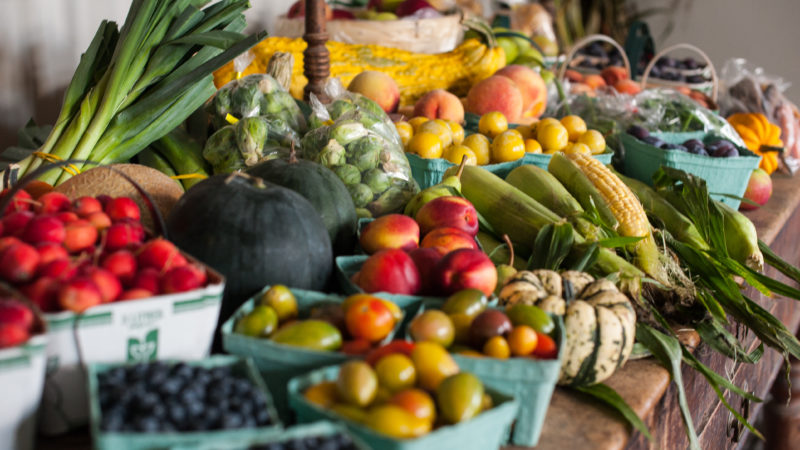
Today, it’s more important than ever to make the most of your ingredients. By doing so, you can not only make your groceries last longer but you also get to eat tasty treats! Keep reading for some simple (and delicious) ways to take advantage of all parts of your ingredients.
1. Create vegetable stock from leftover vegetables
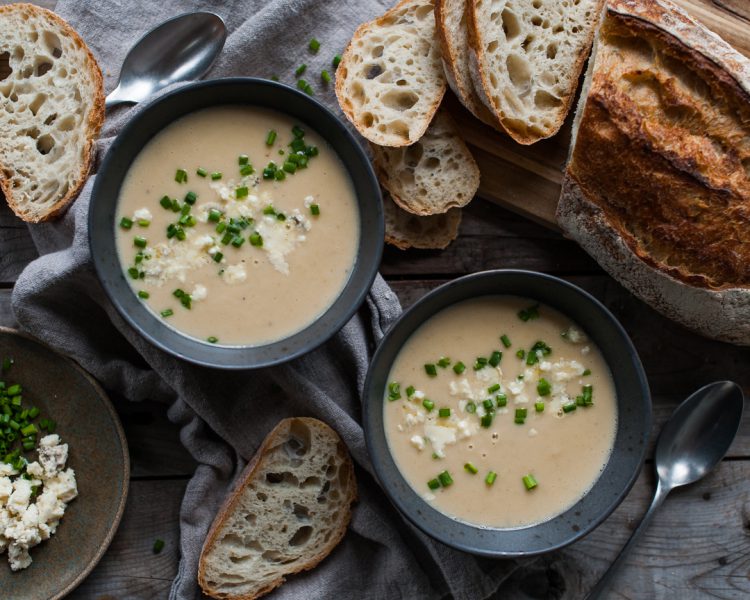
Vegetable stock is a kitchen essential, so why not make your own? Use your leftover onion, carrot, celery, parsnips, leeks and even corn cobs to create a broth that will taste fantastic. You can even use it to make this recipe for Honey Roasted Apple & Parsnip soup.
2. Grow vegetables from leftovers
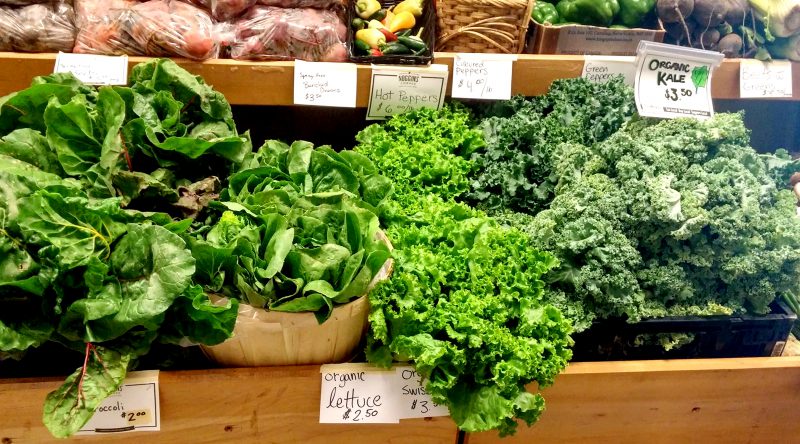
Not only does growing your own vegetables create less food waste, but it also saves you money! Planting your leftover green onions, garlic cloves, or lettuce will remove them from your next grocery list, and be a great addition to these recipes for Atlantic Seafood Crepes or Savoury Dill and Garlic Potatoes.
3. Use coffee grinds and used tea bags in the garden
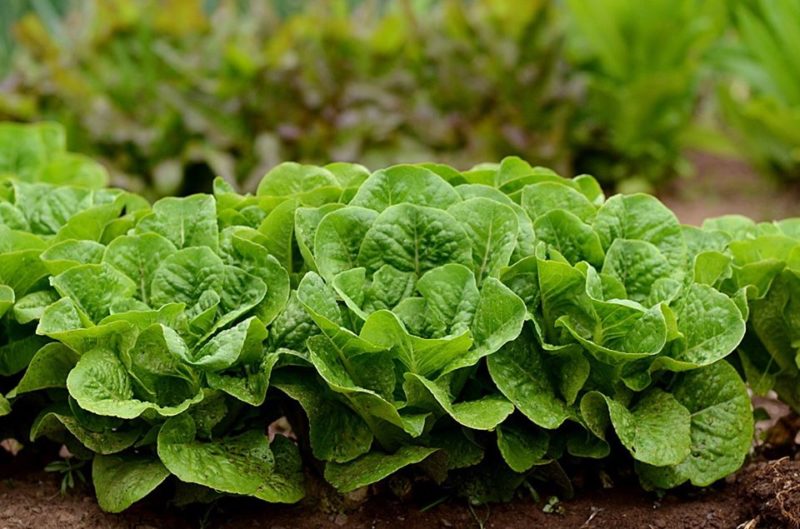
Putting used coffee grinds and tea bags in the soil of your garden can help your plants grow, especially acid loving plants. Keep this in mind the next time you brew up some coffee from Laughing Whale Coffee Roasters, Just Us Coffee Roasters, Sunday Silence Coffee Co., Authentic Seacoast Company, or Nova Coffee.
4. Make potato skin nachos
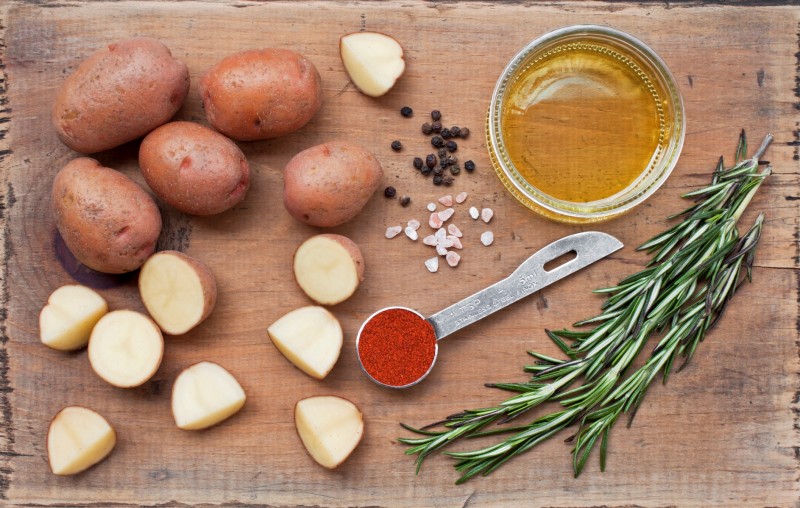
Potato skin nachos aren’t just for pub nights! You can make your very own at home with your leftover potato skins from dinner. Bake the skins and then top them off with Fox Hill Cheese House or Knoydart Cheese House cheddar, bacon from Masstown Butcher, the Pork Shop, or Meadowbrook Meat Market, sour cream, and even the green onions you grew yourself.
5. Use stale bread to make French toast, bread pudding, croutons, or bread crumbs
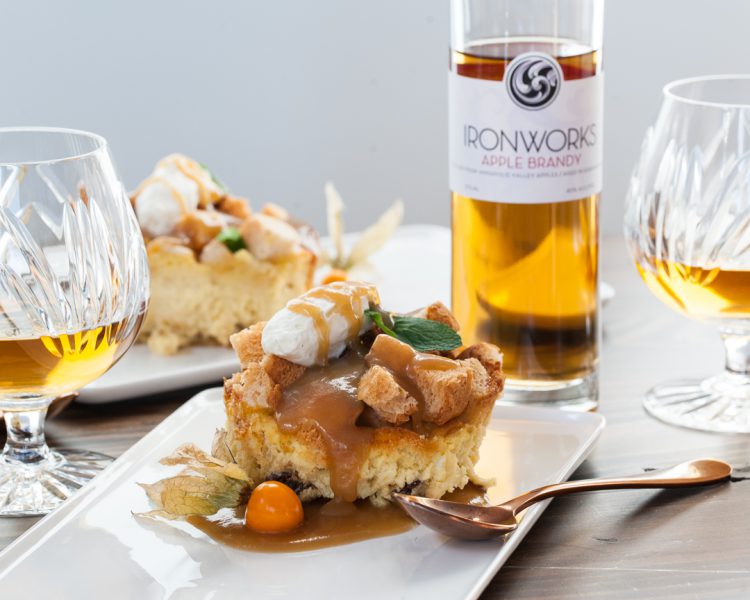
Stale bread is often thrown away, but there are many ways to give it a new life. Some of our favourites include making French toast or Bread Pudding with Ironworks Rum Sauce. Stale bread can also be toasted and turned into croutons or breadcrumbs for this Deconstructed Lobster Roll recipe.
6. Make jam from apple cores or use apple peels to make apple tea
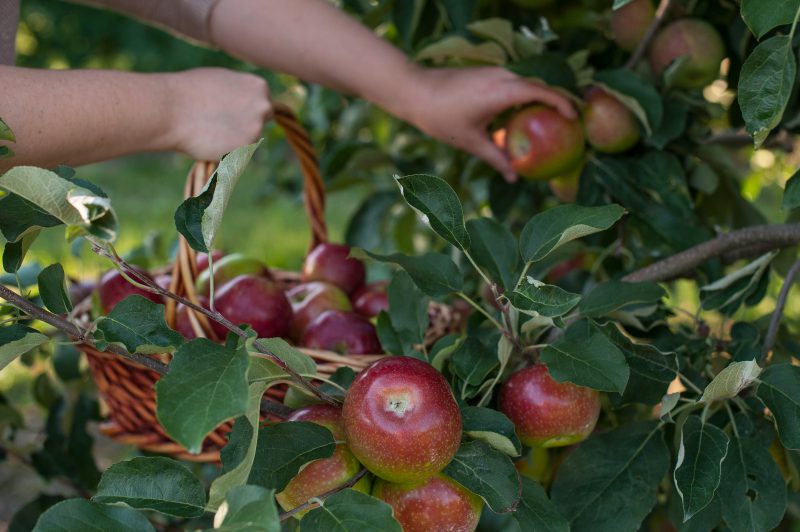
Nova Scotian apples make for a great snack, and that doesn’t stop at the peel and core. You can use your leftovers to create an apple jam that will make breakfast that much better. If making jam isn’t your thing, you can use apple peels to top off a sunny day with a sweet apple tea. Brew a cup of Sweet Apple Orchard tea from the Tea Brewery and steep it along with the apple peels for a treat.
8. Cook with leftover wine
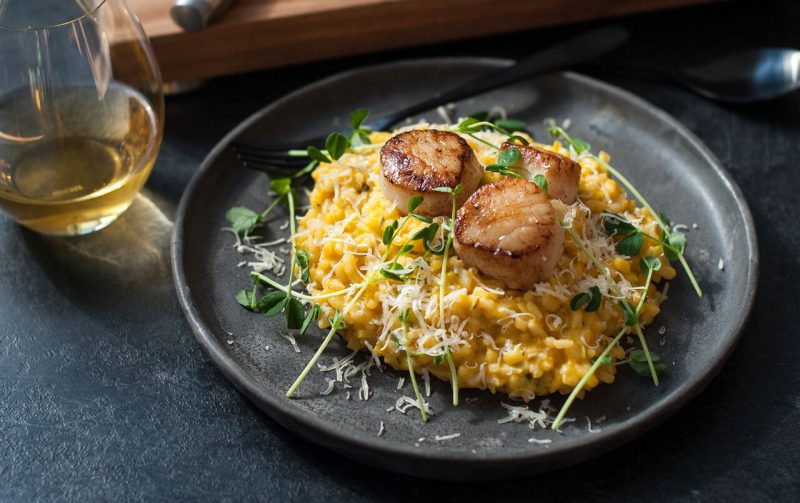
Didn’t quite finish your favourite bottle of wine? Use it for cooking! Wine is an excellent addition to stews and risottos, including these recipes for Wine-Braised Chicken Stew and Scallop Risotto.
9. Save bacon drippings to add flavour to pastas, soups, and vinaigrettes

To pack in extra flavour to your home cooked meals, save your bacon drippings in the morning to be added to pastas, soups and vinaigrettes such as this Creamy Tarragon Shellfish Linguine recipe.
10. When all else fails, compost!
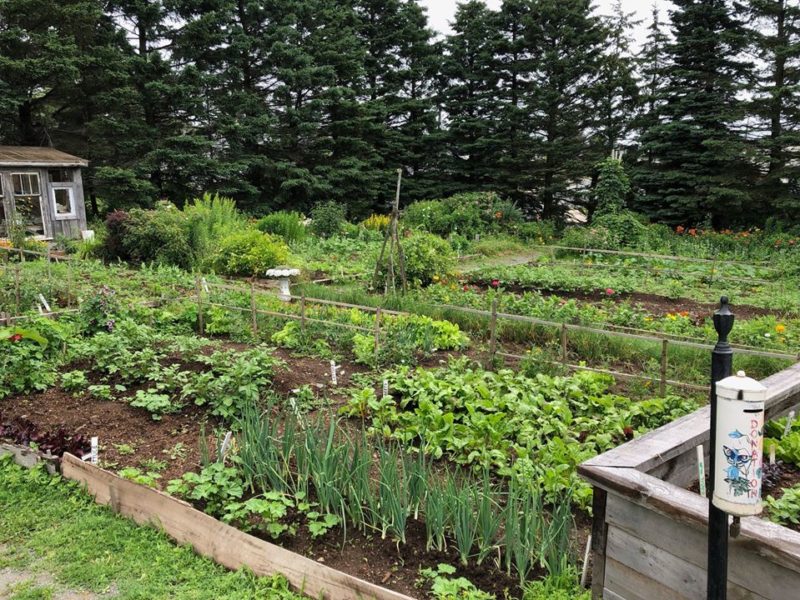
Some food scraps may not be as easy to reuse. In this case, compost. Composting reduces the amount of waste going into landfills and decreases the need for excessive watering and chemical fertilizers on plants. When your compost is dark brown, soft, and smooth, it’s ready to be used on your own plants!
—
For more of our Taste of Nova Scotia events, news and recipes delivered directly to your inbox, subscribe to our Taste of Nova Scotia emails.
